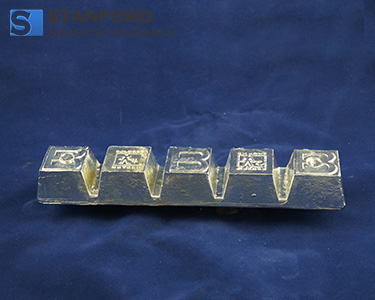- Products
- Categories
- Blog
- Podcast
- Application
- Document
SN4321 Babbitt Alloy Ingot
| Catalog No. | SN4321 |
| Compositions | Sn, Sb, Cu |
| Color | Gray |
| Form | Ingot |
| Standard | ASTM B-23 Grade #:1 |
Babbitt Alloy Ingot is most commonly used as a thin surface layer in a complex, multi-metal structure, but its original use was as a cast-in-place bulk-bearing material. Stanford Advanced Materials (SAM) has rich experience in manufacturing and supplying high-quality Babbitt Alloy Ingot.
Related products: Babbitt Alloy Wire, Nitinol Sheet, Nitinol Strip
LATEST RECOMMENDED
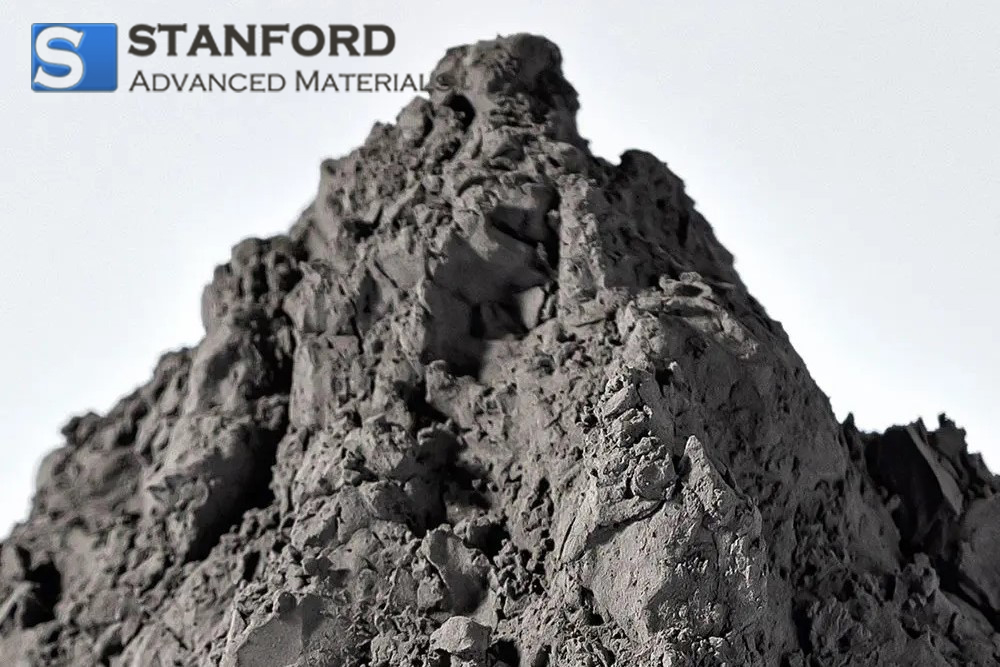
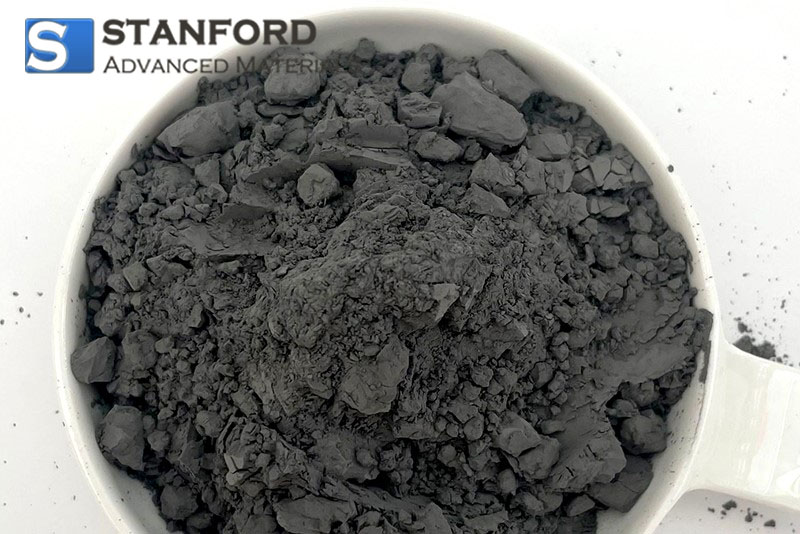
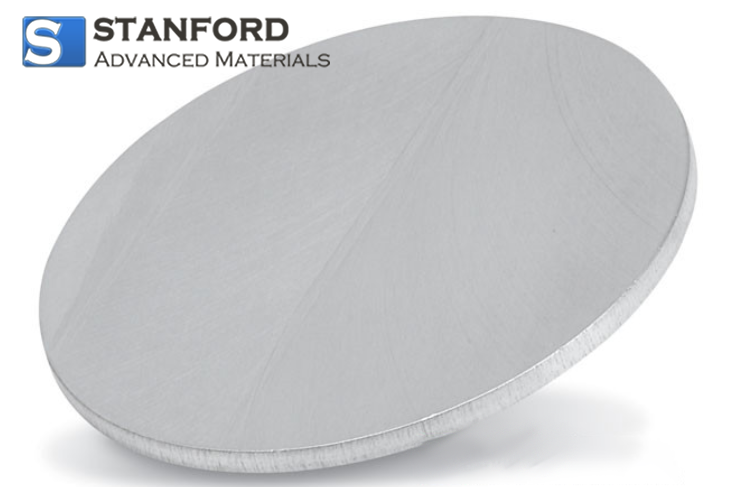

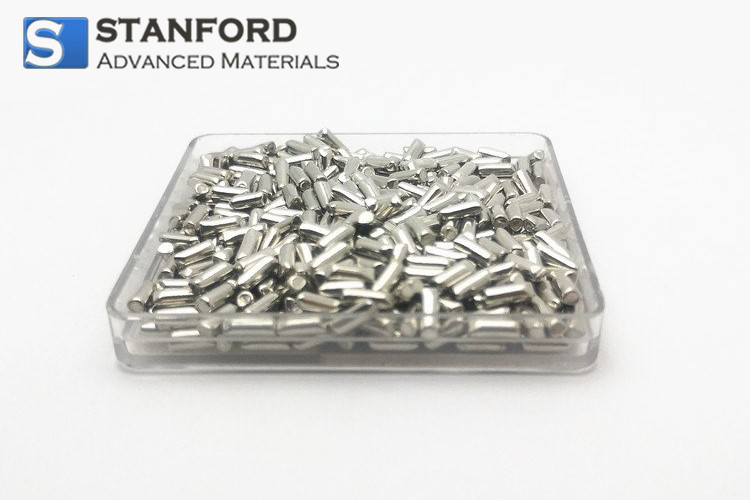
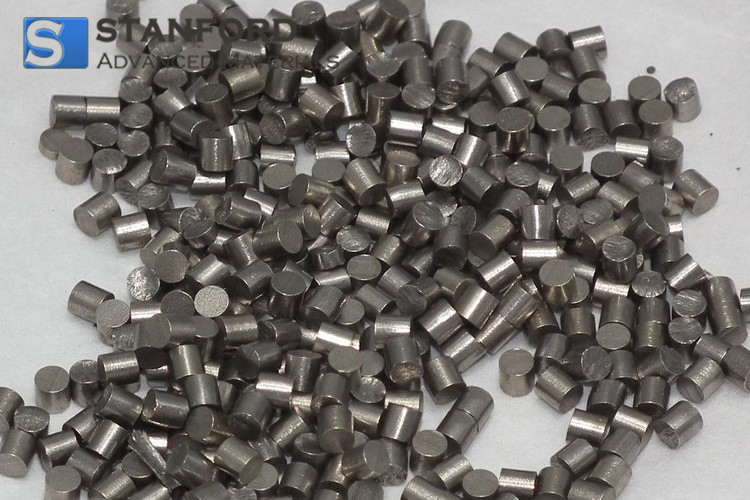




GET A QUOTE
Send us an Inquiry now to find out more Information and the latest prices,thanks!

